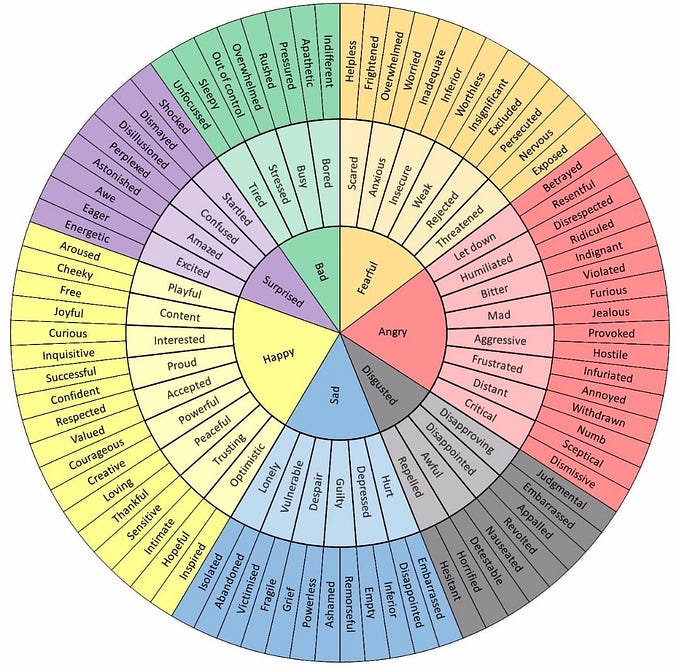Tides of Change: Embracing Innovation for Coastal Resilience
Written by the University of New South Wales (UNSW) and UN Global Pulse Asia Pacific

As global temperatures rise, so do the oceans, and coastal communities around the world are already feeling the impact. The Asia Pacific — home to nearly half the world’s population — is particularly vulnerable. Coastal erosion, saltwater intrusion into fresh water sources, and flooding are becoming increasingly common. These effects are not just environmental — they pose serious threats to food security, infrastructure, and traditional ways of life.
While urgently reducing global warming remains paramount, sea levels will continue to rise even if we manage to limit temperature increases to 1.5°C. With each additional degree of warming, approximately 30 cm is added to the global sea level every century. So, restricting global warming to 1.5°C may mean we stave off breaching 1 metre of sea level rise for 3 centuries. However, if temperatures were to increase by 4°C, we could face a sea level rise of 1 metre or more within just one century.
Even the most ambitious climate targets will be insufficient to prevent sea-level rise. As such, we must embrace novel approaches, metrics and tools to adapt to the inevitable rise in sea levels. Beyond collective global action, a priority will be helping coastal communities to prepare for what lies ahead by enhancing resilience and ensuring that they are equipped to cope with the challenges to come.
Fresh approaches: community-driven, nature-based solutions
To address the threat of rising sea levels, we must embrace fresh approaches that place communities at the centre and utilise nature-based solutions. Coastal ecosystems, such as mangroves and coral reefs, act as nature’s frontline defence against rising seas, storms, and erosion. These vital natural buffers not only protect shorelines, but also sustain biodiversity and offer essential resources for local populations.
The voices of those most affected by rising sea levels must guide these efforts. In the Pacific, where communities are at the forefront of climate impacts, people’s experiences and traditional knowledge provide valuable insights for effective, culturally-appropriate solutions. Successful examples of this have been to manage water resources during periods of dry during El Niño years on the Northern Pentecost Island, Vanuatu; revitalisations of traditional wells in Micronesia to mitigate increasing salinisation of water sources and coastal land; or the community village network drought management activities undertaken in Abaiang Island, Kirabati. Engaging local communities in the restoration and preservation of these ecosystems ensures that conservation efforts are both effective and supported by those who benefit directly from them.
By empowering affected communities and integrating their knowledge, we foster a deeper connection to the natural world and encourage long-term stewardship. This community-driven approach, coupled with nature-based solutions, is crucial for enhancing resilience and maintaining the health of coastal ecosystems in the face of ongoing climate challenges. The Pacific serves as a unique microcosm, demonstrating how these principles can offer valuable lessons for the Asia Pacific region and beyond.
Fresh metrics: data-driven integration for sustainable ocean development
In the face of this global threat, the action of individual communities alone is insufficient. We need fresh metrics. We need comprehensive, well-organised data and sufficient technical and financial resources. Traditional measures like GDP fall short in capturing the full impact of climate change and sea level rise on ocean-dependent economies. To bridge this gap, ocean accounting is emerging as an important tool for policymakers.
Ocean accounting provides an integrated framework for economic, social, and environmental data related to the ocean, going beyond traditional GDP measures to include the contribution of natural systems to coping with climate change and sea level rise. This approach allows us to monitor critical trends in ocean wealth, including both built and natural assets. Such metrics are essential for crafting effective adaptation strategies, coastal management, and international reporting on our climate change mitigation efforts.
Indonesian ocean account pilots have significantly enhanced the nation’s grasp of its coastal and marine ecosystems’ importance. By quantifying the economic contributions of these ecosystems to fisheries and tourism, as well as their role in coastal protection, the pilots have highlighted their critical value to the 60% of Indonesians living along the coast. The studies have likely emphasized the global significance of Indonesia’s marine biodiversity, particularly within the Coral Triangle, and quantified the substantial carbon storage capacity of the country’s extensive mangrove forests and seagrass areas.
These insights have provided a data-driven foundation for policymakers to appreciate the multifaceted benefits of coastal and marine ecosystems. This improved understanding informs more effective strategies for sustainable coastal management, balancing conservation with economic development, and enhancing coastal communities’ resilience to climate change. The evaluation of Indonesia’s 452 Marine Protected Areas, covering 29.2 million hectares, may also guide future expansion and management of these crucial conservation zones.
The Global Ocean Accounting Partnership (GOAP) is a pivotal initiative advancing this effort. GOAP enables international cooperation to refine and implement ocean accounting metrics and methods, supporting governments globally to measure and manage marine resources more effectively, and attracting investment in to ecosystem protection.
Fresh tools: innovation for strategic planning and resilience
We must also adopt fresh tools and approaches. The complexity of variables and the rapid pace of change necessitate adopting cutting-edge technologies. The AI and Big Data revolution offers unprecedented opportunities to collect, analyse, and act on vast amounts of information, as well as to adopt new ways of thinking and working, enabling more informed and responsive adaptation and resilience strategies.
In Tuvalu, the deployment of the latest Lidar technology has transformed sea level rise planning. Mapping land surface height and sea floor depth across the country’s nine atolls has provided precise baseline data. This data is crucial for evaluating the relationship between sea level rise and land elevation and is helping to identify adaptation needs and target engineering solutions effectively.
Strategic foresight, combined with these kinds of new technologies, allows governments and communities to model various climate scenarios. This enables them to plan for diverse future outcomes and develop policies that address both immediate and long-term challenges. Proactive infrastructure adaptations, such as raised housing and improved coastal defences, are thus more effectively designed to mitigate risks and enhance resilience.
Beyond planning, AI and big data offer transformative opportunities for climate adaptation by enabling real-time environmental monitoring. This improves early warning systems and supports adaptive responses. For instance, integrating geospatial data on hazards with socioeconomic vulnerability information informs disaster risk reduction and social assistance programs, focusing resources on those most at risk.
It is critical that we understand, explore, utilise, and scale these emergent technologies and initiatives. Organizations such as UN Global Pulse, the Secretary-General’s innovation lab, provide a model for doing this. Through its Asia Pacific Hub, UN Global Pulse is collaborating with stakeholders to apply these advanced technologies in climate policy, demonstrating the UN’s commitment to leveraging innovation for enhanced resilience and effective adaptation practices.
A path forward
As the Asia Pacific confronts the escalating threat of sea level rise, it is clear that resilience must be built on multiple fronts. Community-driven, nature-based solutions are vital, and they must be supported by new ways of valuing marine ecosystems and leveraging technological innovations. Ocean accounting offers a framework for integrating the true value of these ecosystems into policy and investment decisions, while data and AI can inform more effective and forward-looking strategies.
By combining these approaches, we can develop a comprehensive path forward that protects vulnerable coastal communities and ensures a more sustainable future for all. This integrated approach will be essential in advancing the post-SDG agenda, reflecting both international and community concerns about sea level rise, and shaping new measurements and orientations of change and progress as we look beyond 2030.
In September 2024, UN Global Pulse and the University of New South Wales co-hosted a side event during the UN General Assembly Summit of the Future Action Days on Building Resilience in the Face of Sea Level Rise: A Collaborative Effort for the Asia Pacific. If you would like to learn more about our initiatives on addressing sea level rise, we would love to hear from you!







